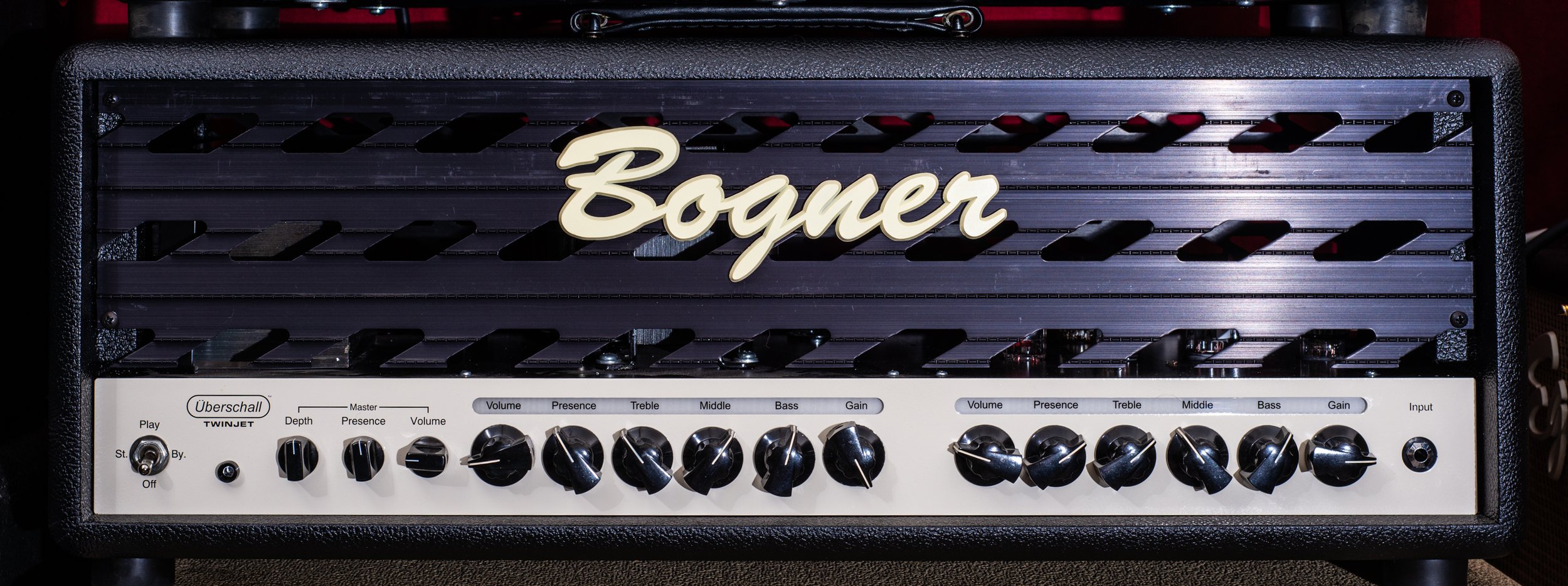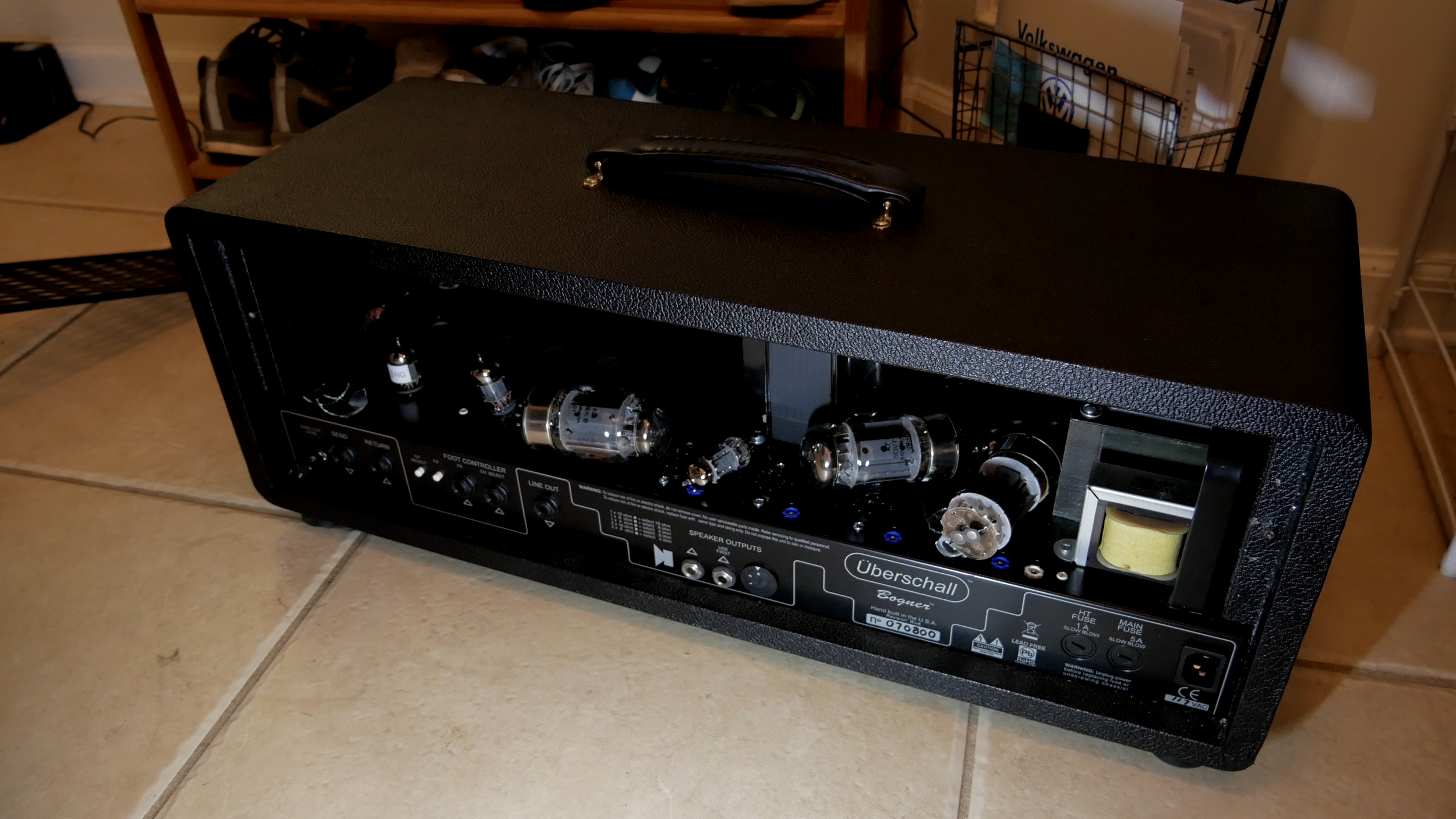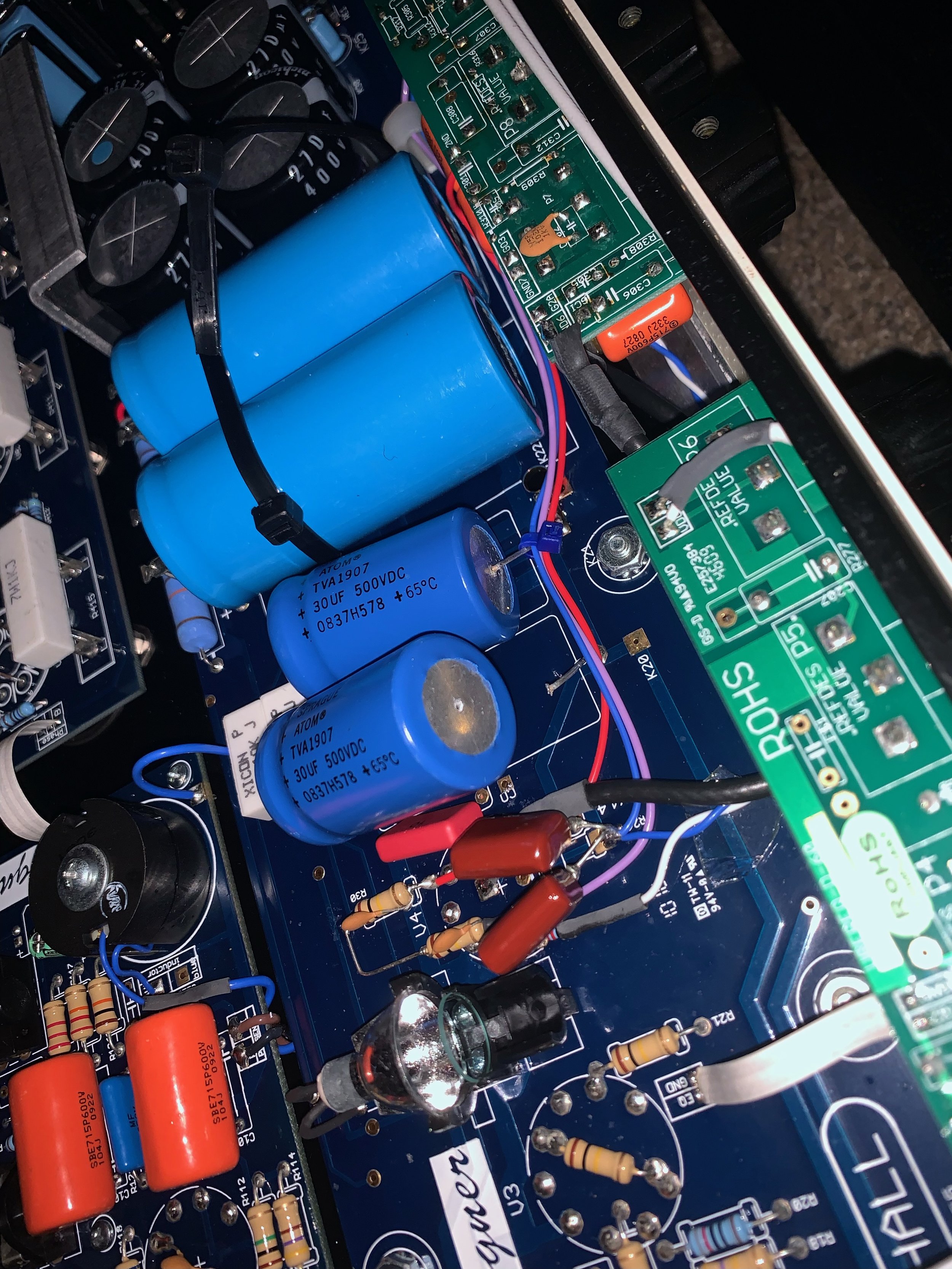I’ve been looking for a Hiwatt Lead head for a while, ever since one of my first online orders with Guitar Center was cancelled (a Hiwatt listed for $400, which they cancelled and told me it “caught on fire”). This one was listed all the way in Indonesia, which is a bit of a risk but the price was reasonable and the seller accepted my offer. It arrived extremely quickly - DHL international shipping - and well packed.
However, the amp made no sound when I first plugged it in, and I heard a whirring from the head itself. After a few seconds, the whirring escalated and I heard a loud “pop” sound - maybe a tube, maybe something else.
After spending a few days on my bench tracing the circuit, swapping out known good tubes, and desperately searching for a solution, I had to give up, and took it in to my local electronics shop for repair. I’m anxiously awaiting its return - I have high hopes for this amp and with a design not too far off the JCM800 split channel amps, right down to the same number of tubes and onboard spring reverb, I can’t wait to compare them.
This particular Lead amp is a 1988 model, which has the “Trinity” moniker which just means that the overdrive channel has a pull switch on the gain control to add more gain. This actually became a standard feature of all Lead model amps around 1990 or 1991 when they were being sold by Fernandes, so that makes this one fairly unique as far as 80s Hiwatts go. Of course, this is not a true Hiwatt from a purist’s perspective, but it’s still a very nicely assembled amp with an interesting circuit that evolved in the 80s era - a time of excellent guitar tones I’m very interested in.
I’ll update when I get the amp back from repair - hopefully it’s nothing too serious. I did get audio when probing the grids of the power tubes, but not the phaser inverter, so hopefully it’s something simple I just missed and not a major repair.
Update: A filter cap had exploded internally, causing other issues. The cap and a few others on the power supply board were replaced, and now the amp is fully repaired!
















